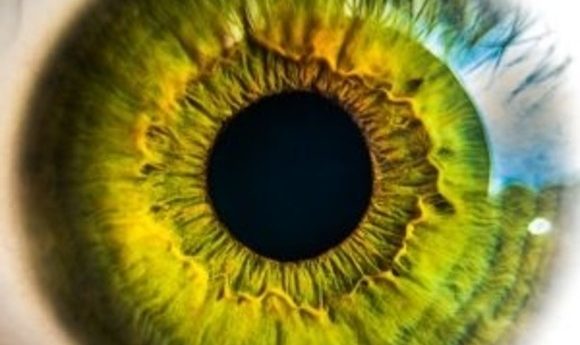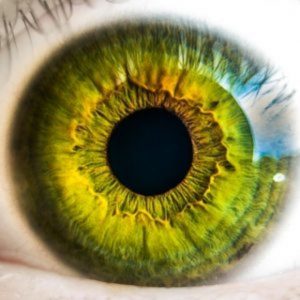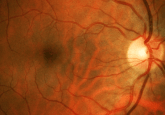Test tube tissues: solving the mysteries of human sight

A human retina, grown and monitored in a lab, has shed light on the development of cells required for color vision in the human eye.

A technique for developing human retinas in a lab has been created, in a recent study led by Robert Johnston from Johns Hopkins University (MD, USA), in order to study the development of the human eye. The study uncovered how retinal cells develop into the cone photoreceptors that allow us to see in color.
Cone photoreceptors are the cells that infer the ability to see in color and are present in three disparate subgroups that produce different visual pigments; blue-opsin, green-opsin and red-opsin. The study set out to establish how the retinal cells are programmed to specify into one of these different cell subgroups as the eye develops.
In contrast to typical methods for studying vision that involve mouse or fish eyes that lack the dynamic color vision of humans, the team decided to engineer the specific eye tissue that they required, making the study more specific to the human vision.
“Trichromatic color vision differentiates us from most other mammals. Our research is really trying to figure out what pathways these cells take to give us that special color vision,” explained lead author Kiara Eldred.
This approach led to the production of a human retina derived from stem cells. The retinas each took 9 months to mature, mirroring the natural development of the eye in a fetus. They were then able to monitor these tissues in the lab as they developed.
The researchers found that the blue-detecting cells emerged first followed by the red- and green-detecting cells. The molecular switch controlling the differentiation of retinal progenitor cells into specified cone cells was found to be the thyroid hormone concentration. Notably, this concentration was not controlled by the release of the hormone from the thyroid, as there was no thyroid present, but instead by the retinal tissue itself.
The team was then able to produce retinas that were entirely composed of blue, red or green cone cells by altering the thyroid levels in the tissue. With the knowledge that thyroid hormone is essential to the genesis of cone cells, this information can be used to explain a variety of vision disorders. For instance, it provides evidence to explain why pre-term babies deprived of their maternal thyroid hormone supply have a higher frequency of visual impairments.
The next step is to conduct further research into color vision using synthetic organoids like the retinal tissue used in this study, most likely focusing on the macula. “If we can answer what leads a cell to its terminal fate, we are closer to being able to restore color vision for people who have damaged photoreceptors,” explained Eldred.
While the study specifically provides key information for the potential development of therapies for vision disorders, the impacts could be even more far-reaching. “What’s exciting about this is our work establishes human organoids as a model system to study mechanisms of human development,” explicates Johnston. “What’s really pushing the limit here is that these organoids take 9 months to develop just like a human baby. So what we’re really studying is fetal development.”





